Home>Garden Essentials>What Is The Best Winter Grass Seed
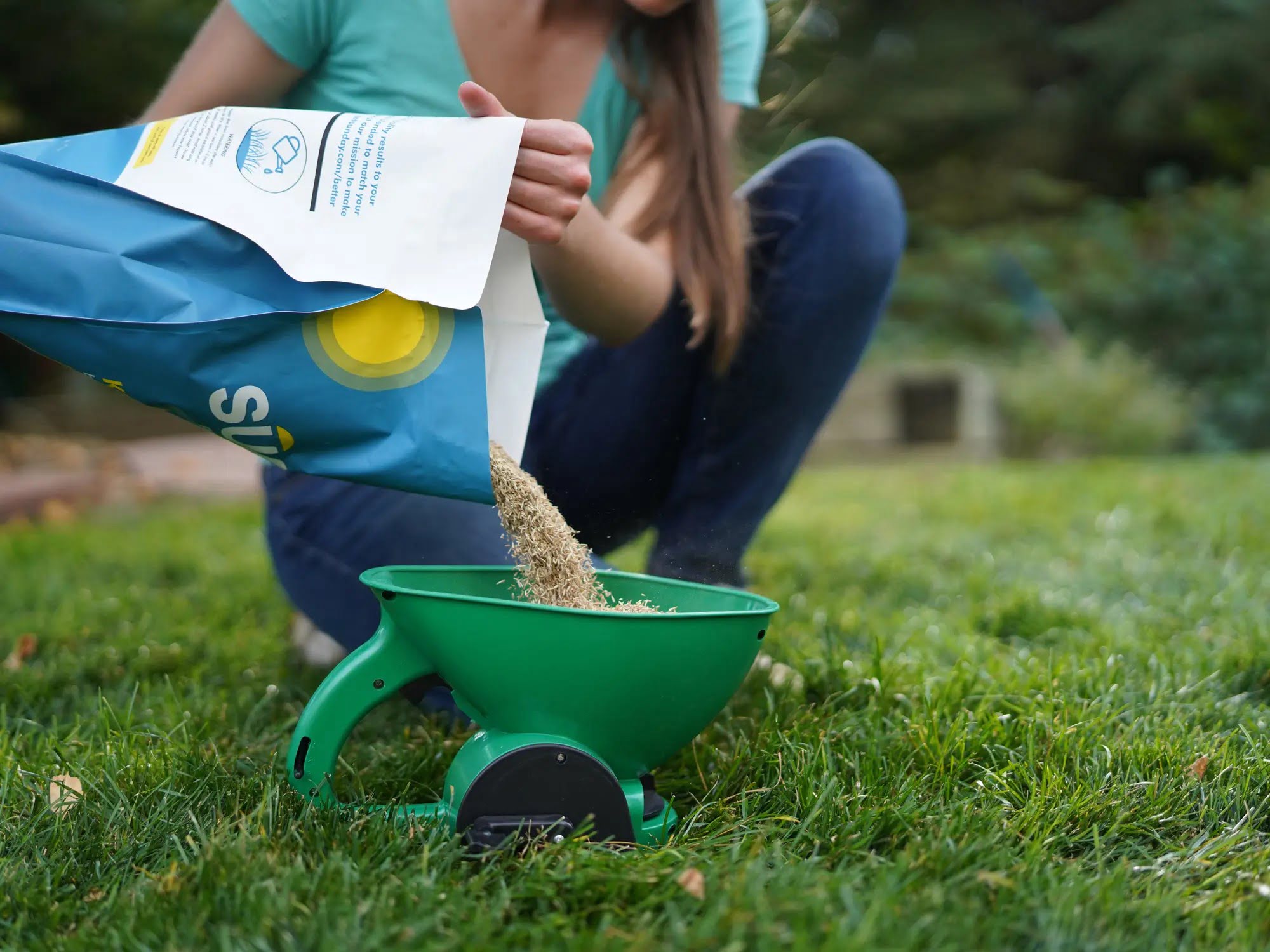

Garden Essentials
What Is The Best Winter Grass Seed
Modified: April 22, 2024
Looking to grow a beautiful winter garden? Discover the best winter grass seed for your garden and enjoy a lush and vibrant landscape throughout the colder months.
(Many of the links in this article redirect to a specific reviewed product. Your purchase of these products through affiliate links helps to generate commission for Storables.com, at no extra cost. Learn more)
Introduction
As the seasons transition and winter approaches, it’s essential to prepare your garden for the chilly weather. One crucial aspect of winter garden preparation is choosing and planting the best winter grass seed. Winter grass not only adds beauty and vibrancy to your landscape during the colder months but also provides a protective cover for your lawn, preventing erosion and weed growth.
However, with an array of options available, selecting the right winter grass seed can be overwhelming. This comprehensive guide will walk you through the factors to consider when choosing winter grass seed, the different types available, and how to properly prepare and care for your winter lawn.
When selecting winter grass seed, several factors should influence your decision. The first is your climate and region. Different grass seed varieties thrive in specific temperature ranges, so it’s crucial to choose a type of grass that can withstand the cold temperatures in your area. Additionally, consider the amount of sunlight your lawn receives during the winter months, as this can impact the growth and health of your winter grass.
Another important factor to consider is the intended use of your lawn. Do you have children or pets who will be playing on the grass? Are you looking for a lush, green lawn or a more hardy and durable variety? Understanding your lawn’s needs and usage will help you select the best winter grass seed for your specific requirements.
There are several types of winter grass seed to choose from, each with its unique characteristics and benefits. Perennial ryegrass, known for its fast germination and bright green color, is a popular choice for winter lawns. Kentucky bluegrass is another option with excellent cold tolerance and a lush appearance. Tall fescue is a versatile grass that can withstand various climates and is well-suited for high-traffic areas, while fine fescue is a shade-tolerant grass that thrives in colder regions.
Choosing the best winter grass seed requires an understanding of your region’s climate, your lawn’s needs, and the characteristics of each grass variety. By considering these factors, you can ensure that you select the right winter grass seed for a healthy and vibrant lawn during the colder months.
In the next sections, we will take a closer look at each type of winter grass seed, explore the specific requirements and benefits of each variety, and provide guidance on how to prepare your lawn and care for your winter grass throughout the season.
Key Takeaways:
- Choose the best winter grass seed by considering your region’s climate, sunlight exposure, and lawn usage. Consult local experts for tailored recommendations to ensure a healthy and vibrant winter lawn.
- Properly prepare and care for your winter grass by following soil preparation and planting techniques. Maintain your lawn with adequate watering, mowing, fertilizing, and weed control to enjoy a lush and resilient winter landscape.
Read more: What Plants Germinate In Winter
Factors to Consider When Choosing Winter Grass Seed
Choosing the right winter grass seed is crucial to ensure a vibrant and resilient lawn during the colder months. Here are some key factors to consider when making your selection:
- Climate and Region: The climate in your region plays a significant role in determining the type of winter grass seed that will thrive. Different grass varieties have varying cold tolerance levels, so it’s important to select a seed that can withstand the winter temperatures in your area.
- Sunlight Exposure: Consider the amount of sunlight your lawn receives during the winter months. Some grasses require full sun, while others can tolerate shadier conditions. Choose a grass seed that matches the sunlight exposure in your yard.
- Lawn Usage: Think about how your lawn will be used during the winter. If you have children or pets who will be playing on the grass, you’ll want to select a more durable and resilient variety. On the other hand, if your lawn won’t experience much foot traffic, you can choose a more delicate and aesthetic grass seed.
- Growth Rate and Germination: Consider the germination rate and growth speed of the grass seed. Some grass varieties, such as perennial ryegrass, have fast germination and can quickly establish a lush lawn. Others, like Kentucky bluegrass, may have slower germination but provide a denser and visually appealing appearance.
- Maintenance Requirements: Different grasses have different maintenance needs. Some may require frequent mowing, watering, and fertilizing, while others are more low-maintenance. Choose a grass seed that aligns with the amount of time and effort you’re willing to invest in maintaining your winter lawn.
- Cost and Budget: Consider your budget when selecting winter grass seed. Some varieties may be more expensive than others, especially if they are known for their superior quality or specific attributes. However, keep in mind that investing in high-quality grass seed can lead to better results and a healthier lawn in the long run.
By carefully considering these factors, you can choose the winter grass seed that is best suited for your specific lawn and climate conditions. Remember to also consult with local gardening experts or landscapers who have knowledge of your region’s specific needs and can provide tailored recommendations.
Now that we’ve explored the essential factors to consider, let’s dive deeper into the different types of winter grass seed available and their unique characteristics and benefits.
Types of Winter Grass Seed
When selecting winter grass seed, it’s important to understand the different types available and their unique characteristics. Here are some popular types of winter grass seed:
- Perennial Ryegrass: Perennial ryegrass is a popular choice for winter lawns due to its quick germination and vibrant green color. It thrives in cool climates and provides excellent coverage for temporary winter lawns. Perennial ryegrass can handle moderate foot traffic and recovers well from damage. However, it may require more maintenance and frequent mowing compared to other varieties.
- Kentucky Bluegrass: Kentucky bluegrass is known for its beautiful, lush appearance and excellent cold tolerance. It creates a dense and high-quality lawn that can withstand harsh winter conditions. Kentucky bluegrass requires moderate to high maintenance, including regular watering and mowing, but it rewards homeowners with its visually appealing and durable characteristics.
- Tall Fescue: Tall fescue is a versatile grass that can thrive in various climates, making it an ideal choice for winter lawns. It is known for its durability, drought tolerance, and adaptability to both sun and shade. Tall fescue has a coarser texture and can handle heavy foot traffic, making it suitable for active families or yards with pets. It has relatively low maintenance requirements, making it a popular choice for homeowners seeking a resilient and easy-to-care-for winter lawn.
- Fine Fescue: Fine fescue is a fine-textured grass that performs exceptionally well in colder regions. It is shade-tolerant and can withstand lower light conditions during the winter months. Fine fescue is low-maintenance and requires less water and fertilizer compared to other grasses. It is an excellent choice for lawns with limited sunlight exposure and contributes to a beautiful, natural-looking winter landscape.
Each type of winter grass seed has its unique characteristics and benefits. Consider your climate, lawn usage, and desired maintenance level when selecting the best winter grass seed for your lawn. Additionally, consult with local gardening experts or extension offices to determine which grass varieties thrive in your specific region.
In the next sections, we will delve deeper into each type of winter grass seed, offering insights into their specific requirements and optimal growing conditions. This will help you make an informed decision when choosing the best winter grass seed for your lawn.
Perennial Ryegrass
Perennial ryegrass is a popular choice for winter lawns due to its fast germination and vibrant green color. It is a cool-season grass that thrives in regions with moderate cool temperatures. Here are some key characteristics and benefits of perennial ryegrass:
- Quick Germination: Perennial ryegrass has one of the fastest germination rates among grass varieties, typically taking about 7 to 10 days to sprout. This means that you can quickly establish a lush, green lawn when planting perennial ryegrass.
- Vibrant Appearance: Perennial ryegrass boasts a vibrant green color, providing a visually appealing winter lawn. Its lush appearance enhances the overall aesthetic appeal of your outdoor space, even during the colder months.
- Good Winter Hardiness: Perennial ryegrass can withstand cold temperatures well, making it an excellent choice for winter lawns. It can tolerate freezing temperatures and will maintain its green color throughout the winter season in many regions.
- Moderate Foot Traffic Resistance: While perennial ryegrass can handle moderate foot traffic, it may not be as durable as some other grass varieties. If your lawn experiences heavy use or has children and pets playing on it frequently, you may need to consider a more resilient grass seed option.
- Fast Recovery: Perennial ryegrass has the ability to recover quickly from damage. Whether it’s due to footprints or winter weather conditions, this grass variety can bounce back and rejuvenate its growth, ensuring a consistently attractive lawn.
- Maintenance Requirements: Perennial ryegrass may require more maintenance compared to other grass types. It typically needs regular mowing to maintain an optimal height and proper irrigation to keep the soil moist. Fertilization and weed control may also be necessary to ensure its health and appearance.
Perennial ryegrass is best suited for homeowners looking for a quick and visually appealing winter lawn. Its fast germination, vibrant green color, and good winter hardiness make it an attractive choice for temporary winter lawns or overseeding existing lawns for added vibrancy. Just keep in mind that regular maintenance and proper care are necessary to maintain its health and appearance.
Be sure to consult with local experts or gardening professionals knowledgeable about your specific region and climate. They can provide further guidance on the suitability of perennial ryegrass for your area and help you determine the best practices for planting and maintaining this type of winter grass seed.
Kentucky Bluegrass
Kentucky bluegrass is a popular choice for winter lawns due to its beautiful, lush appearance and excellent cold tolerance. Here are some key characteristics and benefits of Kentucky bluegrass:
- Lush and Dense Growth: Kentucky bluegrass is known for its dense growth and fine texture, creating a lush and visually pleasing lawn. Its vibrant blue-green color adds a touch of elegance to any outdoor space.
- Cold Tolerance: Kentucky bluegrass is highly cold tolerant and can withstand freezing temperatures common during the winter season. It maintains its attractive green color even in cooler climates, making it an excellent choice for regions with harsh winters.
- Durable and Wear-Resistant: Kentucky bluegrass has excellent durability and can handle moderate foot traffic. It is well-suited for active families or lawns where children and pets may play frequently. Its capacity to recover from damage is another advantage, ensuring a resilient and long-lasting lawn.
- Drought Tolerance: Another benefit of Kentucky bluegrass is its moderate drought tolerance. While it prefers regular watering to maintain its lush appearance, it can withstand brief periods of drought without significant damage.
- Moderate Maintenance: Kentucky bluegrass requires moderate maintenance to keep it healthy and looking its best. Regular irrigation, mowing, and fertilization are essential for optimal growth. Additionally, weed control is important to prevent invasive species from overtaking the lawn.
- Versatility: Kentucky bluegrass is versatile and can be used in various lawn settings, from residential lawns to sports fields and parks. Its aesthetic appeal and durability make it a popular choice for many homeowners and landscapers.
Kentucky bluegrass provides homeowners with a visually stunning and durable winter lawn. Its ability to withstand freezing temperatures, lush and dense growth, and wear resistance make it an ideal choice for families and individuals looking for both beauty and resilience in their outdoor space. While it does require moderate maintenance, the rewards in terms of appearance and durability make it well worth the effort.
Remember to consult with local experts or gardening professionals familiar with your region’s climate and soil conditions. They can provide specific recommendations on the suitability of Kentucky bluegrass for your area and offer valuable insights into the best practices for planting and maintaining this type of winter grass seed.
Read more: What To Put On Grass In Winter
Tall Fescue
Tall fescue is a versatile grass that is well-suited for winter lawns in various climates. Here are some key characteristics and benefits of tall fescue:
- Durability and Adaptability: Tall fescue is known for its durability and adaptability to different climate conditions. It can thrive in both cool and warm climates, making it an excellent choice for regions with diverse weather patterns.
- Climate Tolerance: Tall fescue exhibits excellent tolerance to cold temperatures, making it an ideal choice for winter lawns. It can withstand freezing temperatures and maintains its green color throughout the colder months.
- Drought Resistance: Tall fescue has excellent drought resistance, allowing it to withstand dry spells and require less frequent watering. This makes it an attractive option for regions with limited water availability or homeowners who prefer a low-maintenance lawn.
- Versatility in Sunlight: Tall fescue is adaptable to both sun and shade, which is advantageous for landscapes with varying levels of sunlight exposure. It can tolerate areas with partial shade or dappled sunlight, making it a versatile choice for different lawn environments.
- High Traffic Endurance: Tall fescue has excellent traffic endurance and can handle heavy foot traffic. This makes it suitable for families with children or pets, or for lawns that receive frequent use, such as backyard play areas or sports fields.
- Low-Maintenance Requirements: Tall fescue is relatively low-maintenance compared to some other grass varieties. It requires less water and fertilizer compared to traditional lawn grasses. While regular mowing is still necessary, it doesn’t require as frequent maintenance as some other grass types.
Tall fescue is an excellent choice for homeowners seeking a versatile, durable, and low-maintenance winter lawn. Its ability to thrive in various climate conditions, adapt to different levels of sunlight, and withstand heavy foot traffic make it a popular grass option. Additionally, its drought resistance and reduced maintenance requirements contribute to its appeal among homeowners looking for a resilient and efficient landscape solution.
When choosing tall fescue, it’s essential to select the appropriate seed variety that suits your specific region and climate. Consulting with local experts or gardening professionals can provide further guidance on the best tall fescue varieties for your area and recommended practices for planting and maintaining this type of winter grass seed.
Look for a winter grass seed blend that includes varieties like ryegrass and fescue, as they are hardy and can withstand cold temperatures. Make sure to choose a seed that is suitable for your specific climate and soil conditions.
Fine Fescue
Fine fescue is a popular choice for winter lawns, especially in colder regions where shade tolerance is essential. Here are some key characteristics and benefits of fine fescue:
- Shade Tolerance: Fine fescue is known for its exceptional shade tolerance, making it an ideal choice for lawns with limited sunlight exposure or areas with tall trees that create shade. It can thrive in areas where other grass varieties struggle to grow.
- Cold Climate Adaptability: Fine fescue is well-suited for colder regions and can tolerate freezing temperatures. It maintains its green color throughout the winter season, providing a visually appealing winter lawn.
- Variety of Grass Types: Fine fescue is a collective term that encompasses several grass species, including hard fescue, chewings fescue, and creeping red fescue. Each grass type has its unique characteristics and benefits, so you can choose the one that best suits your lawn’s specific requirements.
- Low-Maintenance: Fine fescue has relatively low maintenance requirements compared to other grass types. It requires less water and fertilizer, and its slower growth rate means less frequent mowing. This makes it an attractive choice for homeowners seeking a low-maintenance winter lawn.
- Environmentally Friendly: Fine fescue is known for its environmental benefits. Its low water and fertilizer requirements contribute to water conservation efforts, and it often requires fewer herbicides due to its natural resistance to pests and diseases.
- Natural, Undulating Appearance: Fine fescue grasses have a fine texture and create a natural, undulating appearance. This adds to the aesthetics of your winter lawn, creating a more relaxed and casual atmosphere.
Fine fescue is an excellent choice for homeowners looking for a winter grass seed that can thrive in shady areas and colder climates. Its shade tolerance, cold adaptability, and low-maintenance requirements make it an attractive option for those seeking a visually appealing and environmentally friendly lawn. With different grass types within the fine fescue category, you can select the specific variety that aligns with your preferences and lawn conditions.
It’s important to consult with local experts or gardening professionals who are familiar with your specific region and climate conditions. They can provide further guidance on the best fine fescue varieties for your area and offer advice on planting and maintaining this type of winter grass seed.
Choosing the Best Winter Grass Seed for your Region
When selecting the best winter grass seed for your region, it’s important to consider the specific climate, soil conditions, and other factors that can impact the grass’s growth and overall health. Here are some guidelines to help you make an informed decision:
- Know Your Hardiness Zone: Determine your region’s hardiness zone, which is based on the average annual minimum temperature. This will give you an indication of the types of grass that are most suitable for your area. Different grass varieties have varying cold tolerance levels, and selecting a seed that can withstand the winter temperatures in your region is crucial.
- Consider Sunlight Exposure: Evaluate the amount of sunlight your lawn receives during the winter months. Some grass varieties require full sun, while others can tolerate shadier conditions. Choose a grass seed that matches the sunlight exposure in your yard to promote healthy growth.
- Assess Soil Type and Drainage: Understanding your soil type and drainage capabilities is important in selecting the best winter grass seed. Some grasses thrive in well-drained soil, while others can tolerate heavier or compacted soils. Knowing your soil’s characteristics will help you choose a grass seed that can adapt and thrive within those conditions.
- Consider Lawn Usage: Think about how your lawn will be used during the winter. If you have children or pets who will be playing on the grass, you’ll want to select a more durable and resilient variety. On the other hand, if your lawn won’t experience much foot traffic, you can choose a more delicate and aesthetic grass seed. Tailoring your selection to fit your lawn’s specific usage will ensure the best results.
- Consult Local Experts: Reach out to local experts, such as gardening professionals or agricultural extension offices, who have knowledge of your region’s specific needs. They can provide valuable insights into the best grass varieties for your area and offer guidance on planting and maintenance practices.
- Consider the Appearance: Beyond the practical considerations, think about the aesthetic appeal of the grass varieties you are considering. Do you prefer a lush, dense lawn or a more natural, undulating appearance? Consider the visual impact you desire for your winter lawn and choose a grass variety that matches your preferences.
By considering these factors and consulting with local experts, you can choose the best winter grass seed that is well-suited to your region’s climate, soil conditions, and lawn usage. Additionally, exploring the specific requirements and benefits of each grass variety can help you make an informed decision that will lead to a healthy and vibrant winter lawn.
Next, we will explore proper preparation and planting techniques for winter grass seed to ensure successful establishment of your winter lawn.
Proper Preparation and Planting Techniques for Winter Grass Seed
Preparing the soil and employing correct planting techniques is essential for the successful establishment of winter grass seed. Follow these guidelines to ensure optimal conditions for germination and growth:
- Soil Preparation: Start by preparing the soil before planting. Remove any existing vegetation, rocks, or debris from the planting area. Loosen the soil with a rake or garden tiller to create a smooth and level surface. This will facilitate proper seed-to-soil contact and allow the grass seed to take root more easily.
- Soil Testing and Amendments: Conduct a soil test to determine the pH level and nutrient content of your soil. This will help you identify any deficiencies or imbalances that could hinder the grass’s growth. Based on the results, amend the soil with the appropriate fertilizers or soil conditioners to optimize its nutritional balance.
- Seeding Rate: Follow the recommended seeding rate for the specific grass variety you are planting. Over-seeding or under-seeding can lead to issues such as poor germination or crowded growth. It’s important to achieve the proper seed density for successful establishment and uniform coverage.
- Seed Distribution: Evenly distribute the grass seed across the prepared soil. Use a broadcast spreader or hand spreader to ensure uniform coverage. This will help prevent bare spots and promote consistent growth throughout the lawn.
- Seed Depth: Lightly rake or roll the grass seed into the soil to ensure good seed-to-soil contact. The ideal seed depth depends on the grass variety but is typically around ¼ to ½ inch. Be sure to read the specific instructions provided with the grass seed to determine the best depth for optimal germination.
- Watering: After planting, thoroughly water the seeded area to ensure the soil is moist. Continue to provide regular, light watering to keep the soil consistently moist during the germination period. Avoid overwatering, as it can lead to fungal diseases or poor root development.
- Maintenance: Once the grass seedlings have emerged, gradually reduce the frequency of watering but increase the amount of water per session to encourage deep root growth. Follow the recommended watering, mowing, and fertilization schedule for the specific grass variety you have chosen.
It’s important to note that proper preparation and planting techniques may vary slightly depending on the specific grass variety, so always refer to the instructions provided by the seed manufacturer. Additionally, landscaping professionals or local gardening experts can provide valuable insights and tips tailored to your region’s specific needs.
By following these guidelines and providing the necessary care and maintenance, you will ensure the successful establishment and growth of your winter grass seed, resulting in a healthy and vibrant winter lawn.
In the next section, we will explore maintenance and care tips for winter grass to keep your lawn looking its best throughout the season.
Read more: What Grass To Plant In Winter
Maintenance and Care for Winter Grass
Maintaining and caring for your winter grass is crucial to ensuring its health and appearance throughout the season. Here are some essential tips to keep in mind:
- Watering: Proper watering is key to the success of your winter grass. While the watering requirements may be lower during the cooler months, it’s still important to provide adequate moisture. Water deeply but infrequently, allowing the soil to partially dry out between watering sessions. This encourages deep root growth and helps the grass withstand cold temperatures.
- Mowing: Maintain the proper mowing height for your specific grass variety. The ideal height range can vary, but in general, it’s best to keep winter grass slightly longer than during warmer months. This helps protect the grass from frost and cold damage. Avoid cutting off more than one-third of the grass blade at a time to prevent stress on the grass.
- Fertilizing: Apply a winter-specific fertilizer to provide essential nutrients and promote healthy growth. Opt for a slow-release fertilizer that will gradually feed the grass over an extended period. Follow the recommended application rates and timings specified for your specific grass type.
- Weed Control: Monitor your winter grass for weed growth and address any issues promptly. Use an appropriate selective herbicide to target and control weeds, being careful to follow the instructions and precautions provided by the manufacturer. Avoid using weed control products that may harm the winter grass.
- Aeration: Consider aerating your winter lawn if the soil becomes compacted. Aeration helps improve soil drainage, promotes root growth, and enhances nutrient absorption. Use a core aerator to remove small plugs of soil from the lawn, allowing air, water, and nutrients to reach the grass roots more effectively.
- Overseeding: If your winter grass starts to thin or weaken, consider overseeding the lawn to rejuvenate its appearance. Overseeding involves spreading grass seed over the existing lawn to fill in bare spots and encourage thicker growth. Follow the same preparation and planting techniques mentioned earlier to ensure successful overseeding.
- Winter Protection: In regions with harsh winters, consider providing extra protection for your winter grass. Covering the lawn with a light layer of straw or applying frost blankets can help insulate the grass and protect it from extreme cold and frost. Remove the covers once temperatures rise and the risk of frost has passed.
Regular maintenance and care are essential for a healthy and vibrant winter lawn. Following these tips will help ensure that your winter grass remains lush and resilient throughout the season. Additionally, monitoring your lawn’s condition and addressing any issues promptly will help prevent problems from escalating and maintain the overall health of your winter grass.
Remember to consult with local experts or gardening professionals familiar with your specific region and grass type. They can provide further guidance on maintenance practices tailored to your area and offer specific recommendations based on your winter grass variety.
With proper maintenance and care, your winter grass will thrive and provide a beautiful, green landscape even during the colder months.
As we conclude this guide, it’s important to note that each lawn is unique, and individual factors such as soil conditions, climate, and specific grass variety can influence the specific care requirements. Therefore, always adapt your maintenance practices based on the needs and conditions of your winter grass lawn.
Conclusion
In conclusion, choosing the best winter grass seed for your region and properly caring for it is essential to maintain a vibrant and healthy lawn during the colder months. By considering factors such as climate, sunlight exposure, lawn usage, and maintenance requirements, you can select the grass variety that best suits your needs and preferences.
Perennial ryegrass is a popular choice for its fast germination and vibrant green color. Kentucky bluegrass is known for its lush appearance and excellent cold tolerance. Tall fescue is a versatile grass that can withstand various climates and heavy foot traffic. Fine fescue is shade-tolerant and an excellent choice for colder regions with limited sunlight exposure.
Proper soil preparation and planting techniques are crucial for successful establishment. Conduct a soil test, remove debris, and create a smooth surface before evenly distributing the grass seed. Water adequately, mow at the proper height, fertilize, control weeds, and address any compaction through aeration.
Throughout the winter, maintaining your lawn requires proper watering, mowing, fertilizing, and weed control. Additionally, overseeing, protecting against extreme weather, and providing necessary care will ensure the health and vibrancy of your winter grass.
Remember to consult with local experts who can provide tailored advice based on your specific region and grass type. They can guide you on the best practices and products for your winter grass lawn.
With the right winter grass seed and proper maintenance, your lawn will stay lush and vibrant during the colder months. Enjoy the beauty of a green winter landscape and create a welcoming outdoor space for your family and friends to enjoy.
So, whether you’re looking to enhance your lawn’s appearance, prevent erosion, or simply enjoy a touch of greenery during the winter months, make the right choice in winter grass seed and follow the proper care techniques. Your effort will be rewarded with a healthy and beautiful winter lawn.
Frequently Asked Questions about What Is The Best Winter Grass Seed
Was this page helpful?
At Storables.com, we guarantee accurate and reliable information. Our content, validated by Expert Board Contributors, is crafted following stringent Editorial Policies. We're committed to providing you with well-researched, expert-backed insights for all your informational needs.
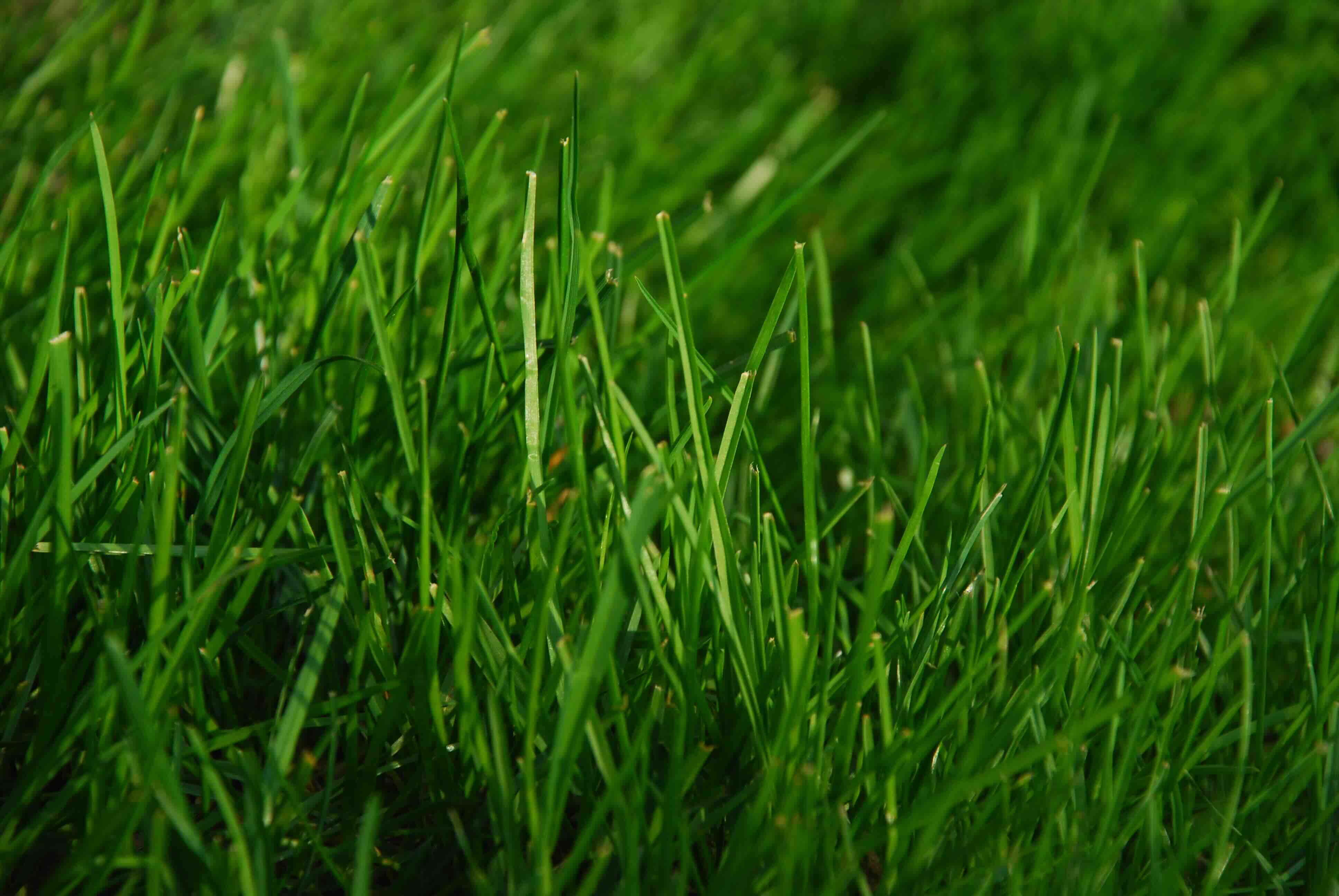
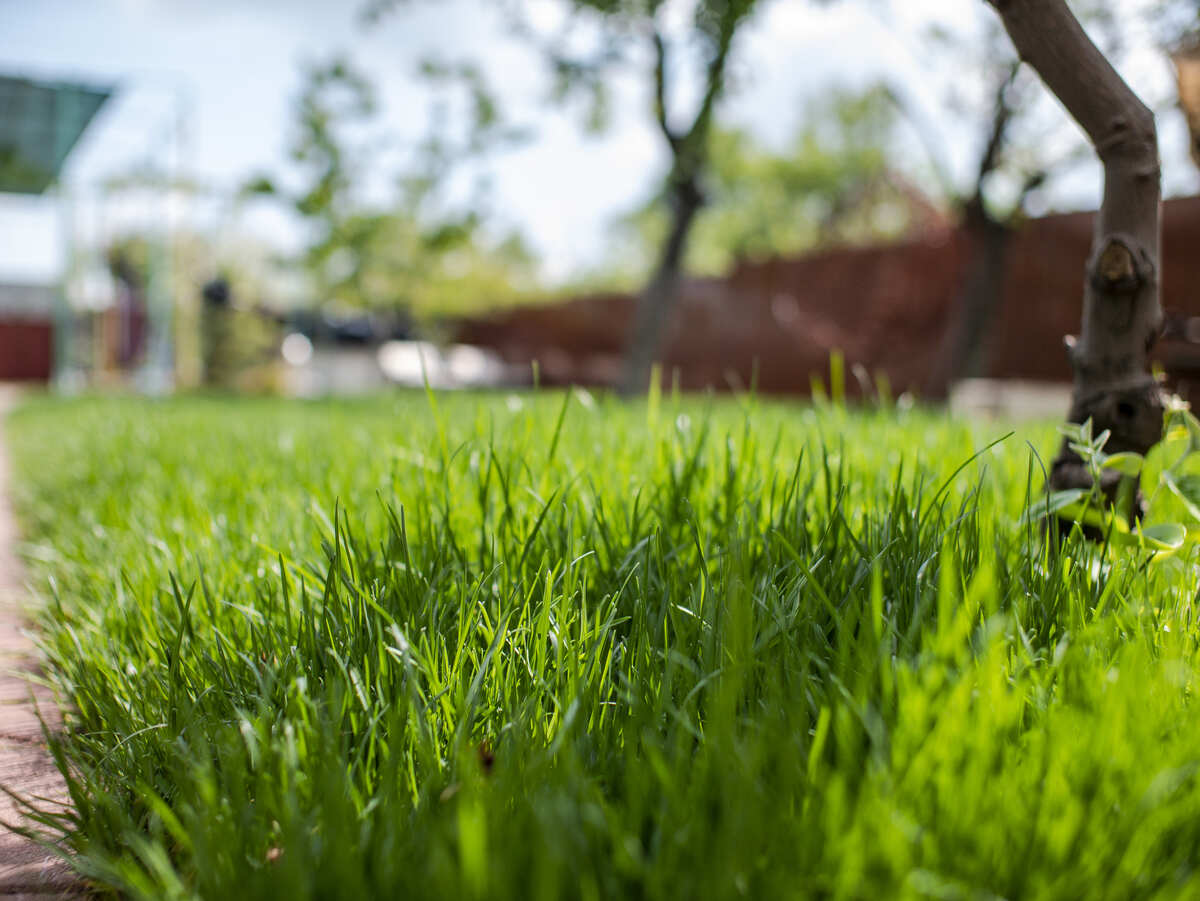
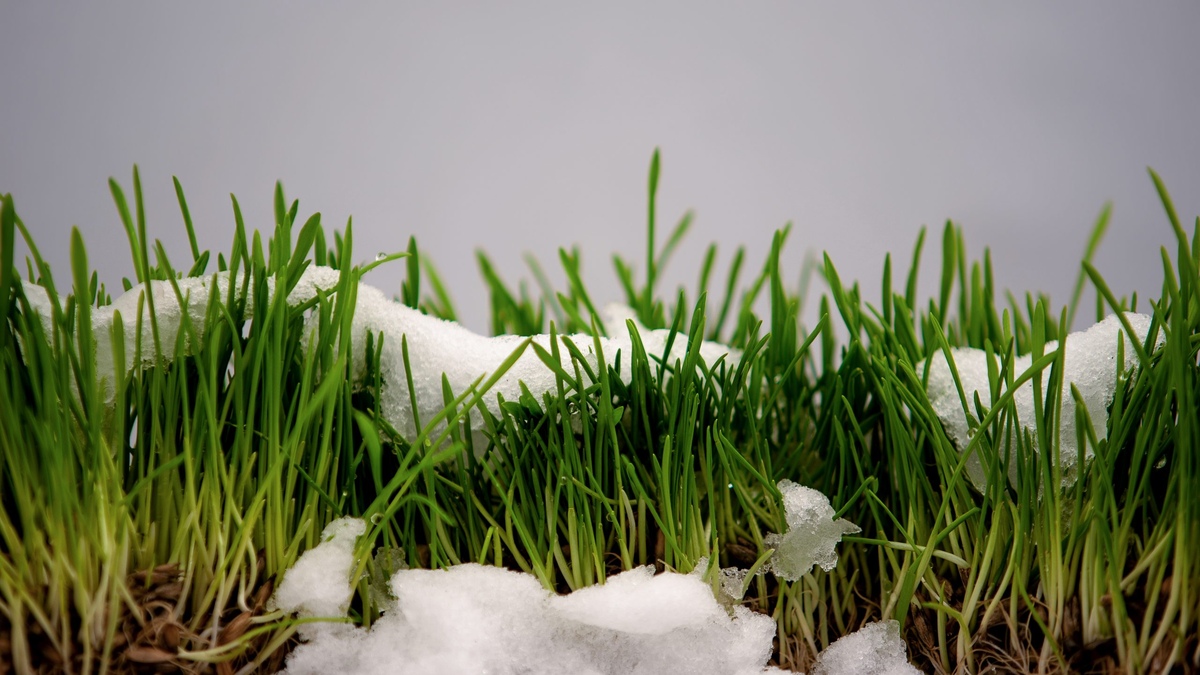
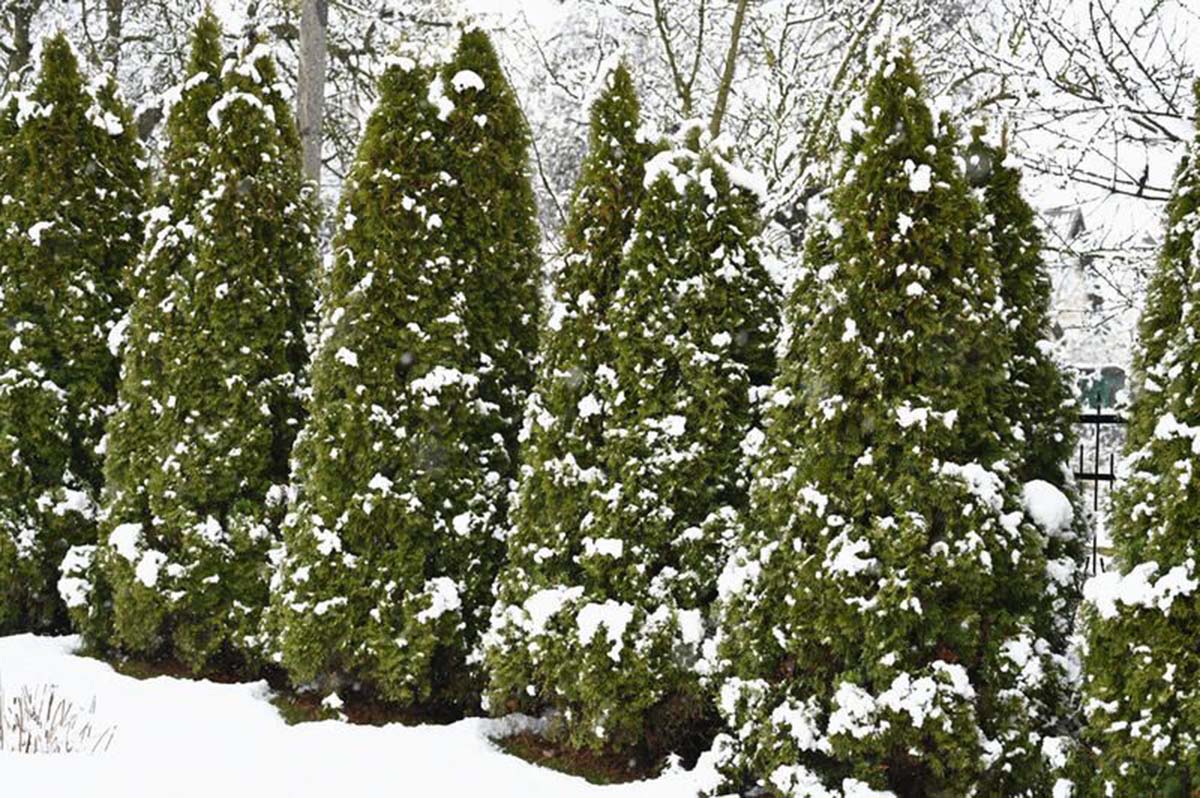
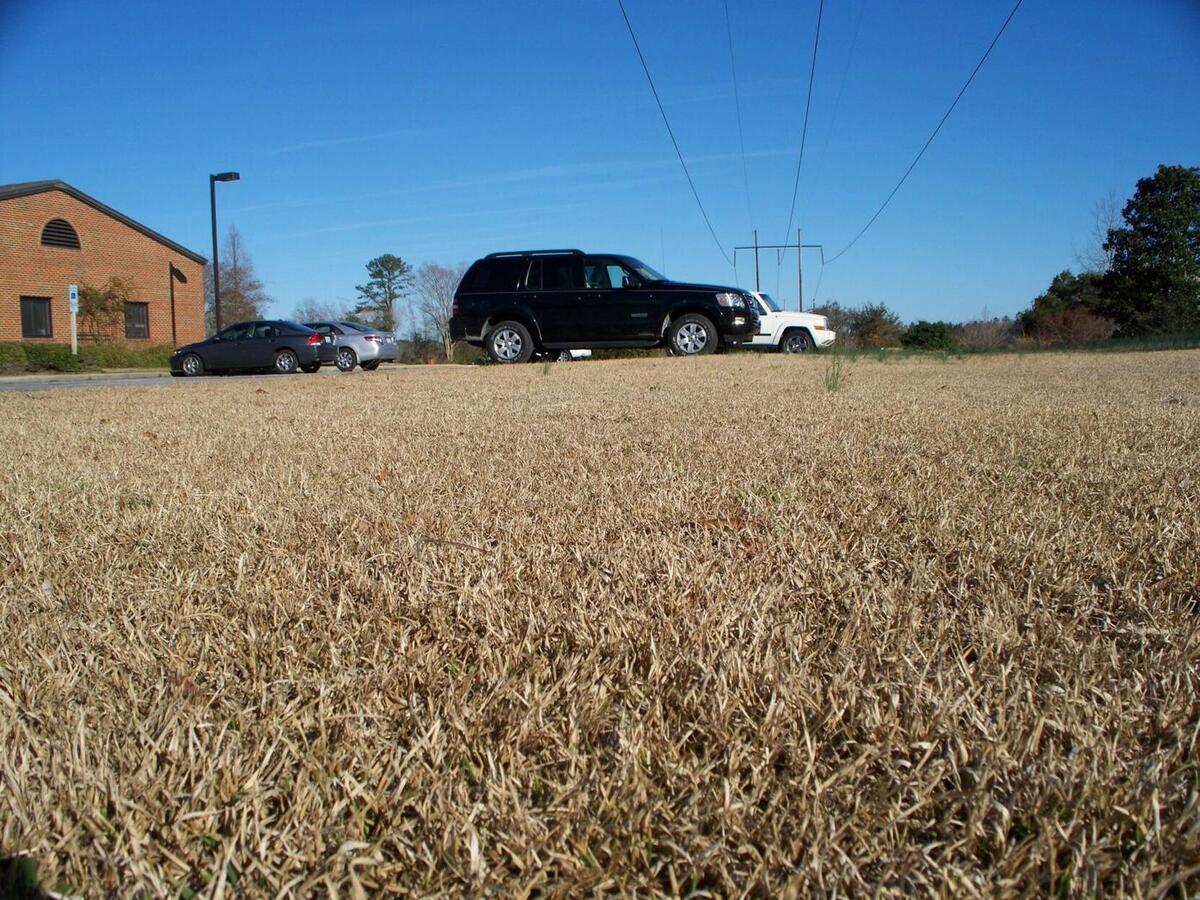

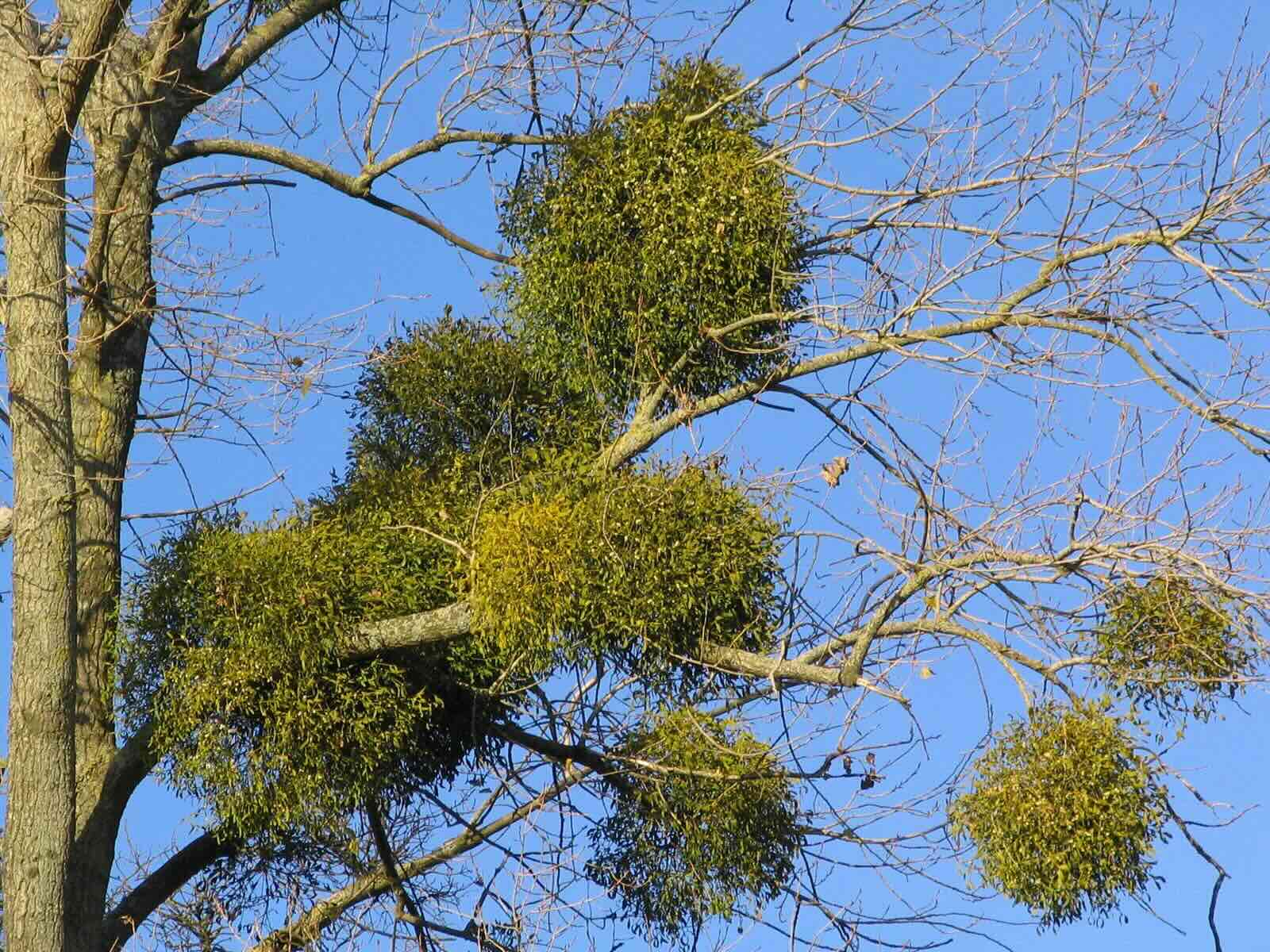
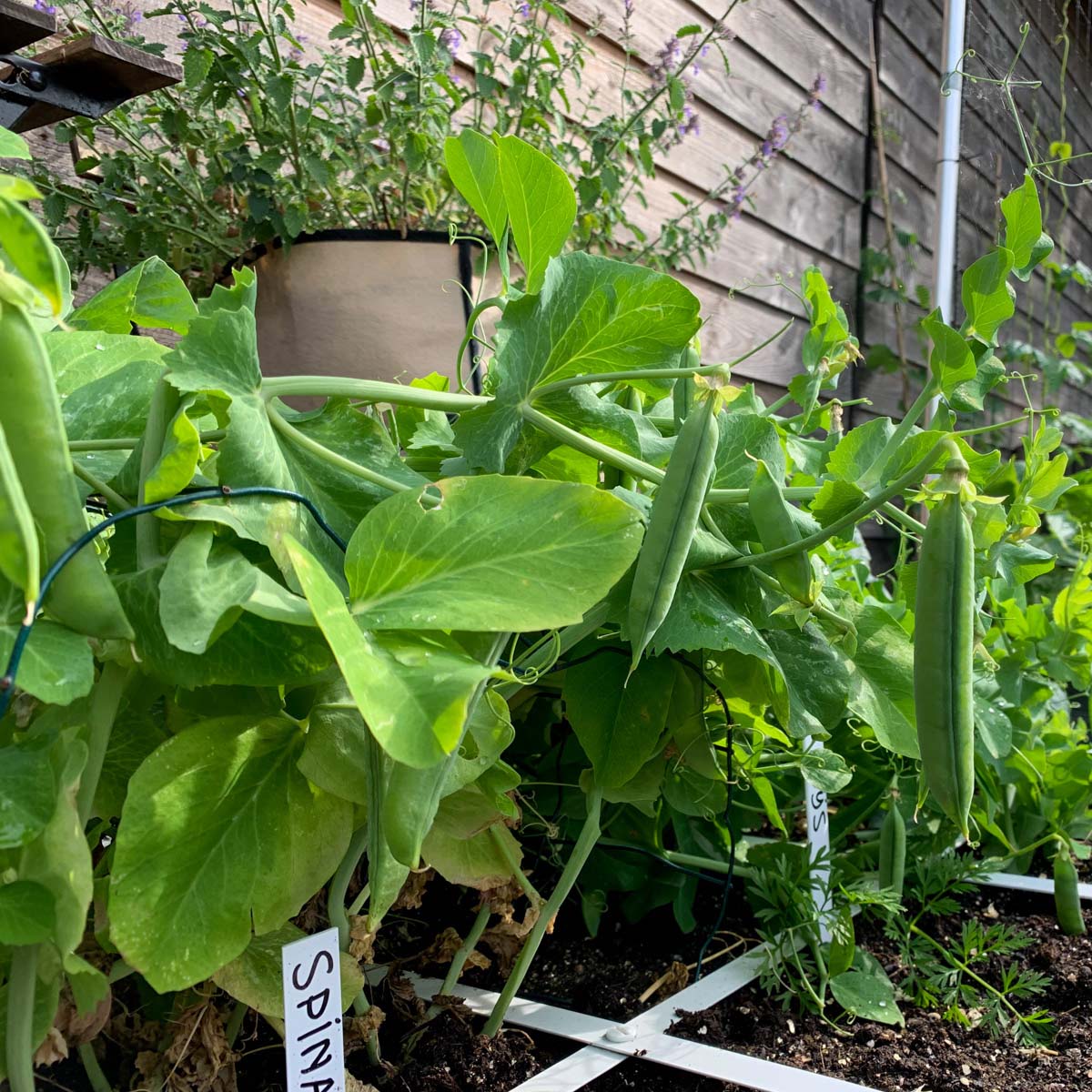
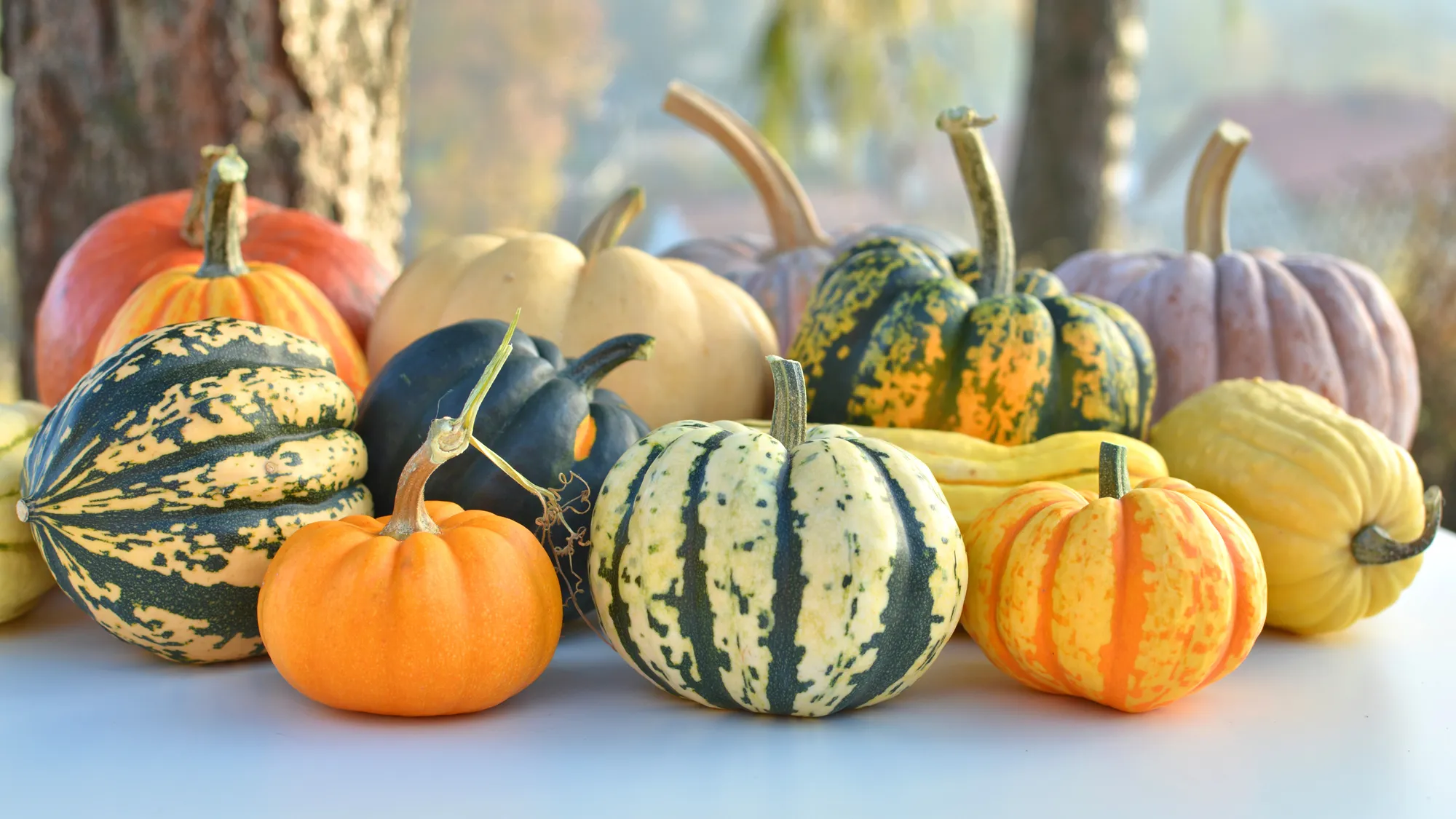
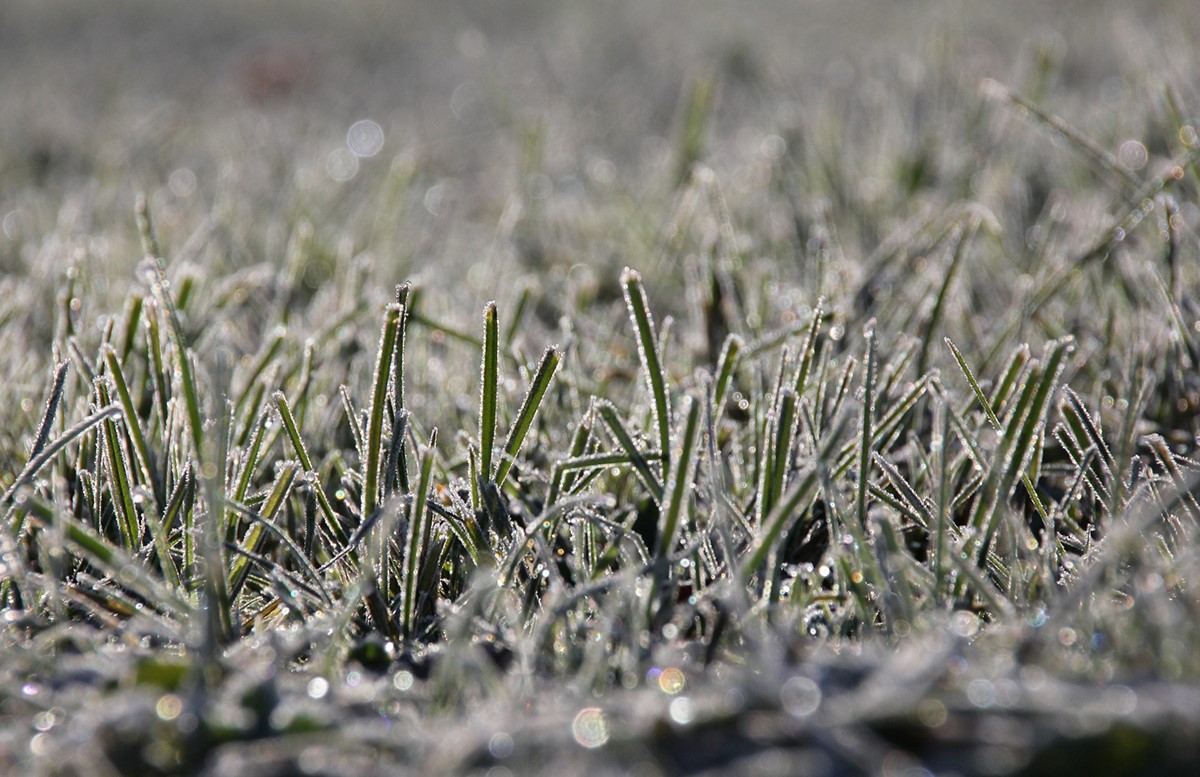
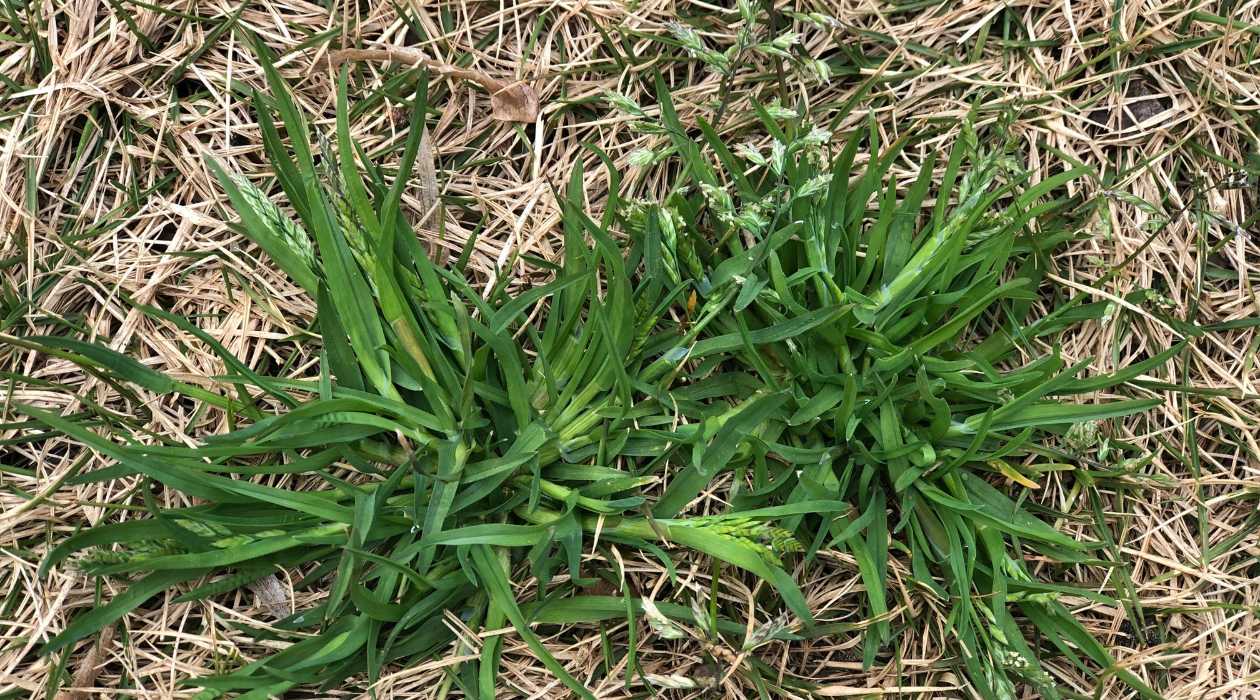
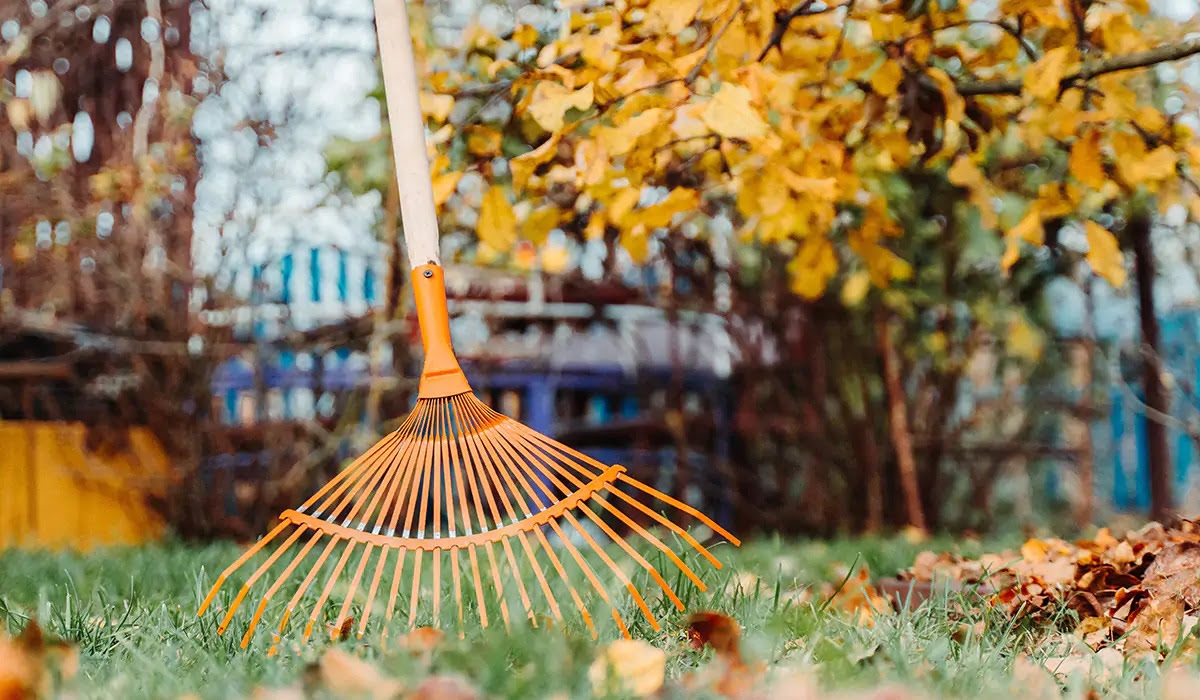
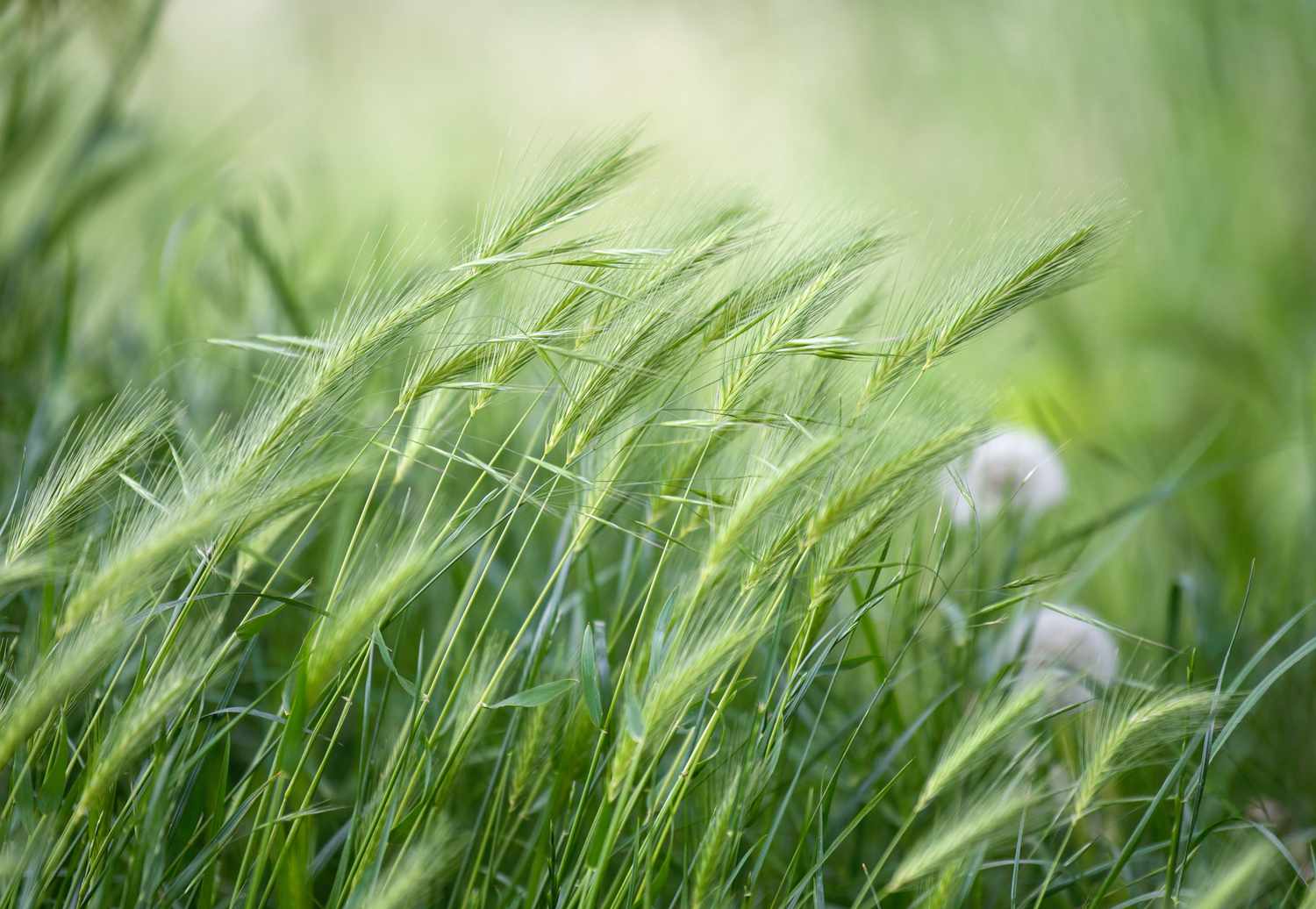

0 thoughts on “What Is The Best Winter Grass Seed”